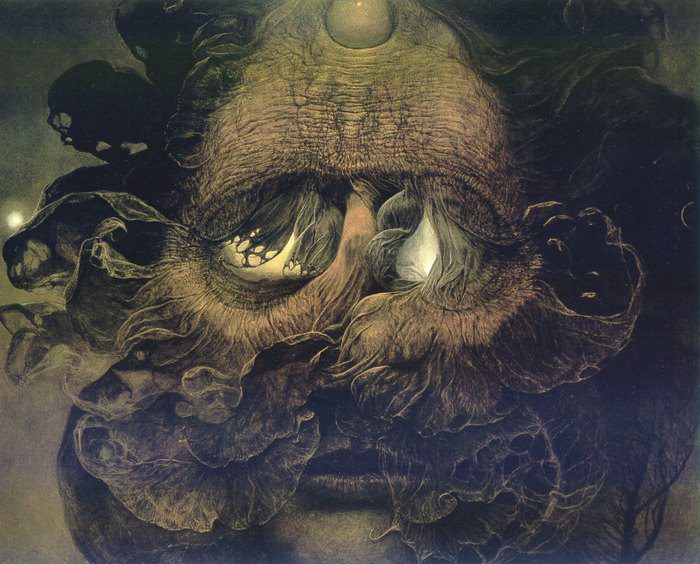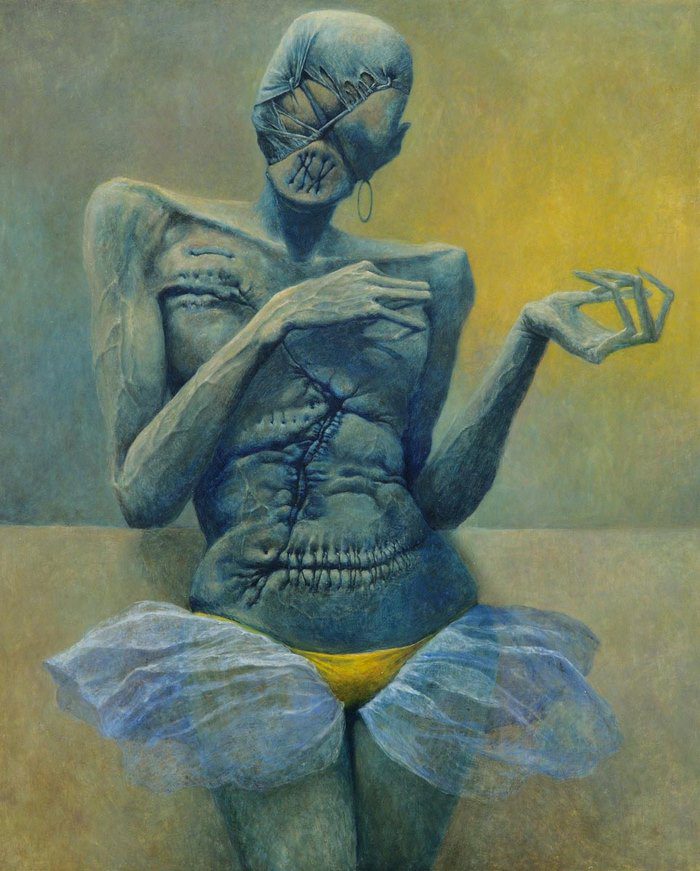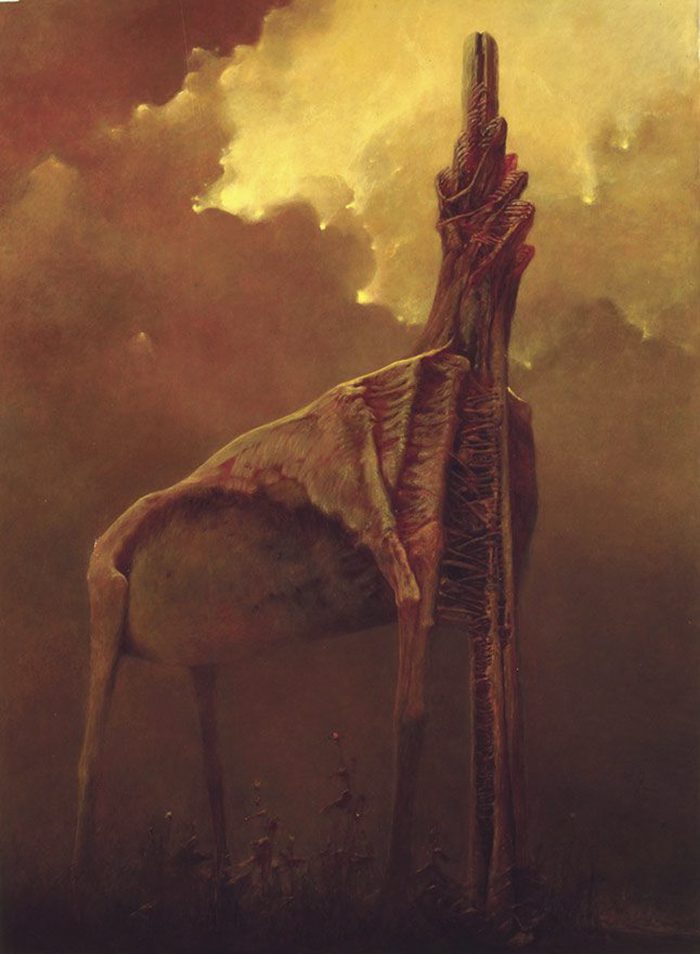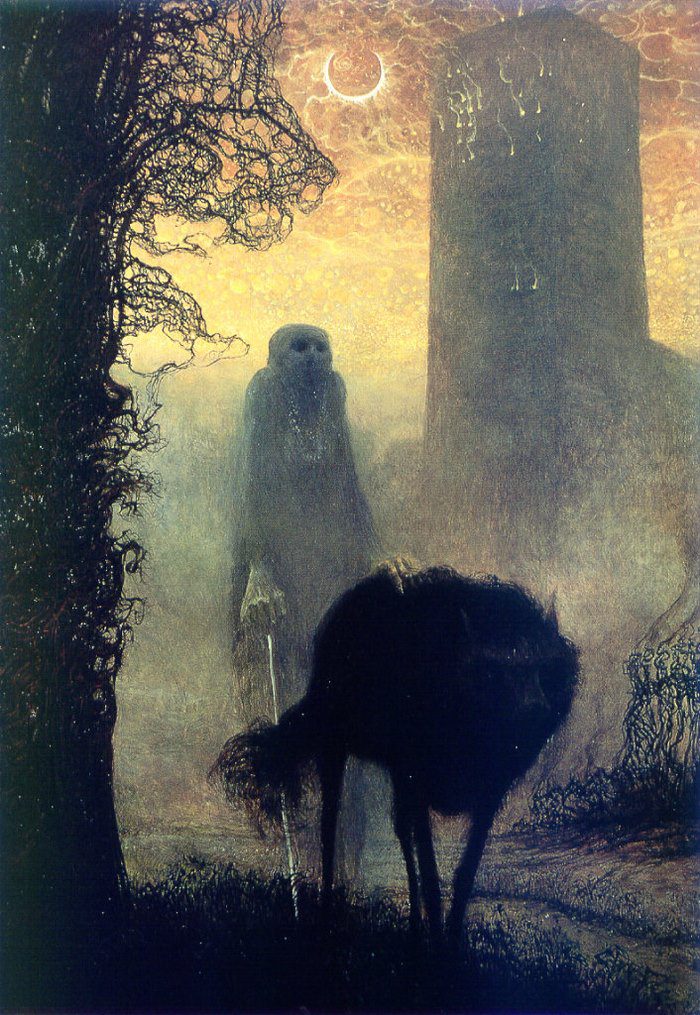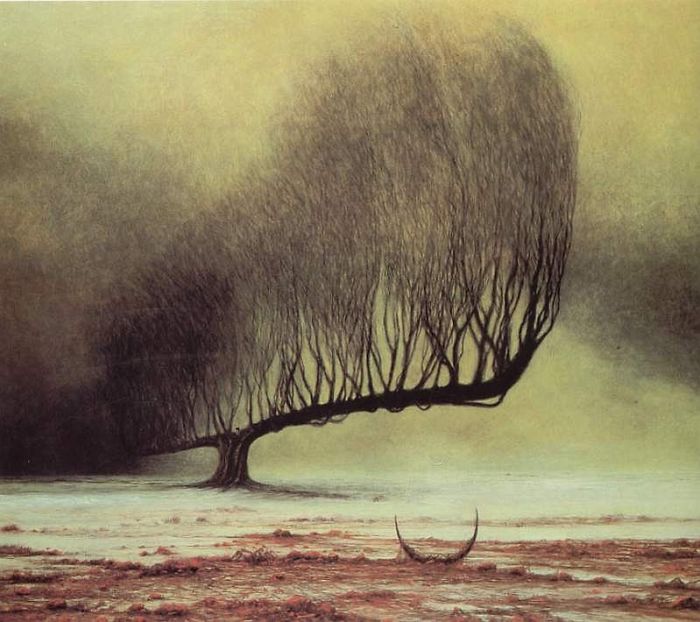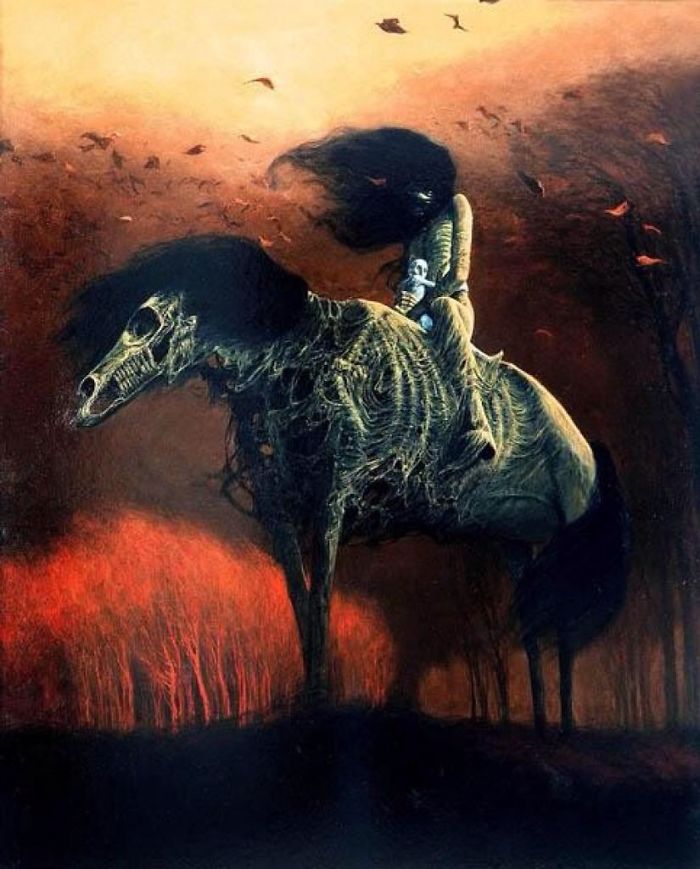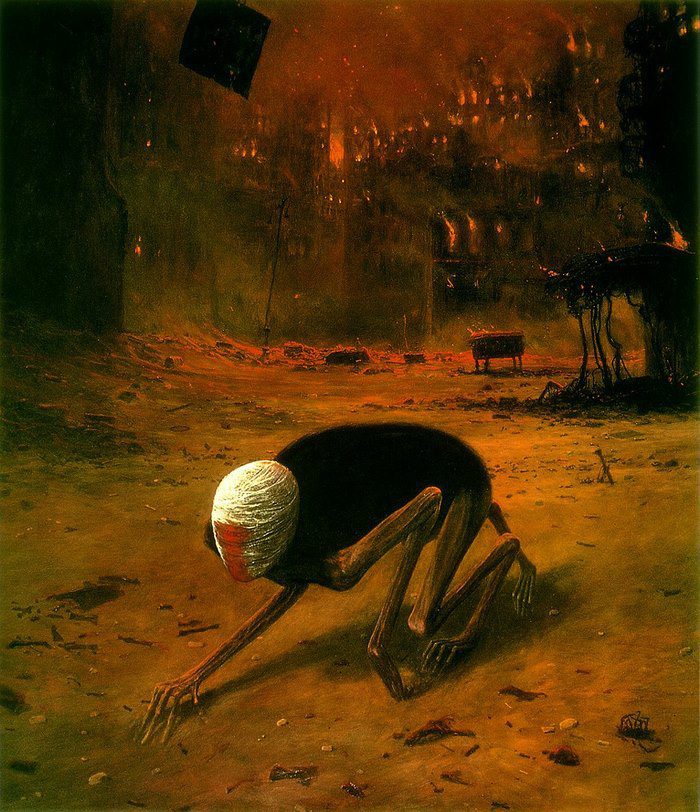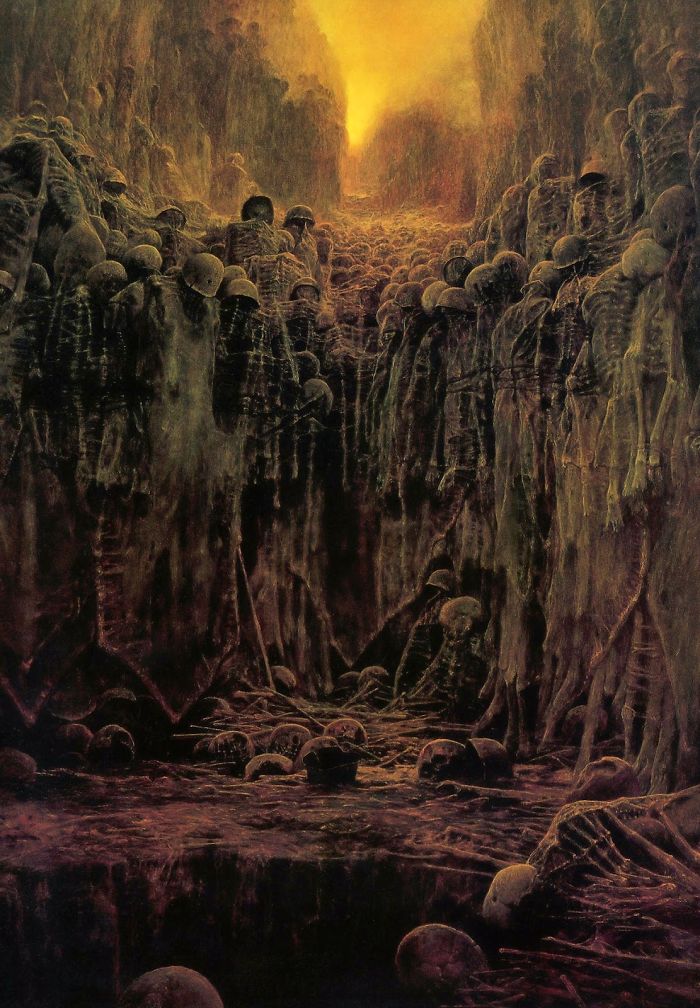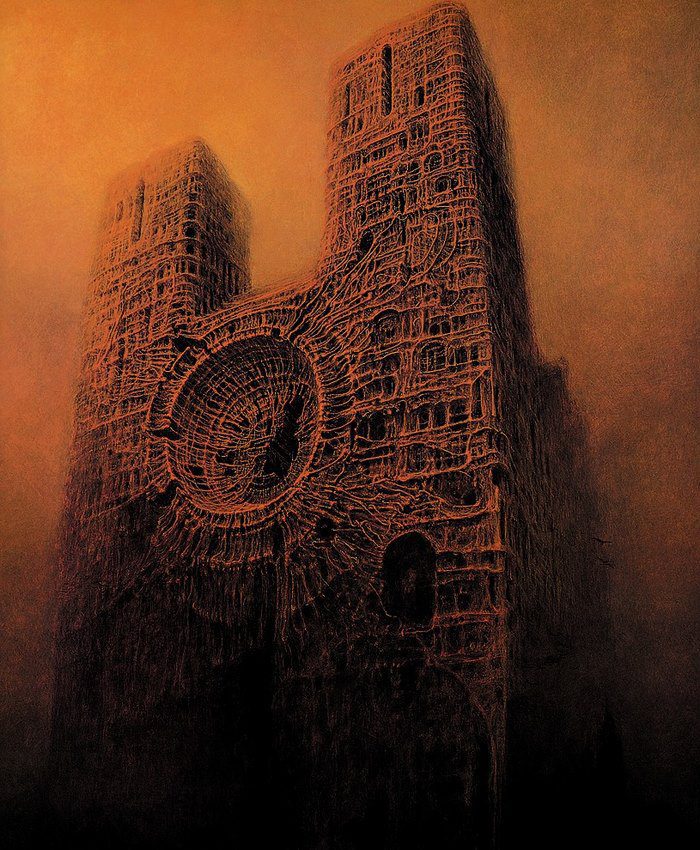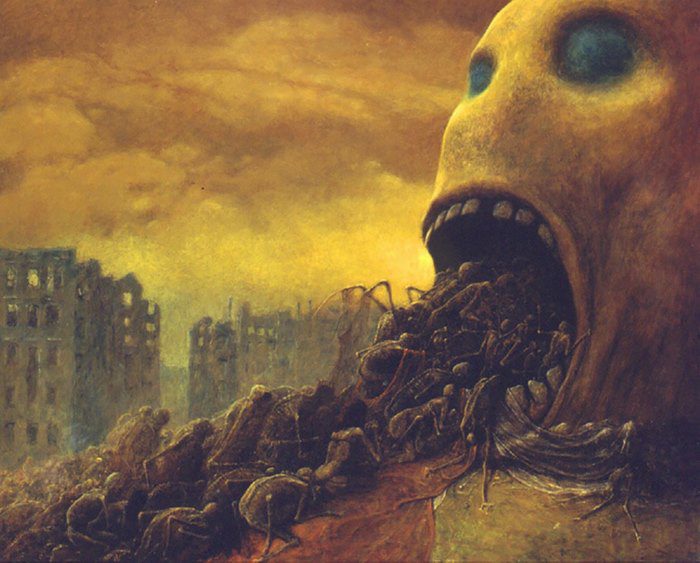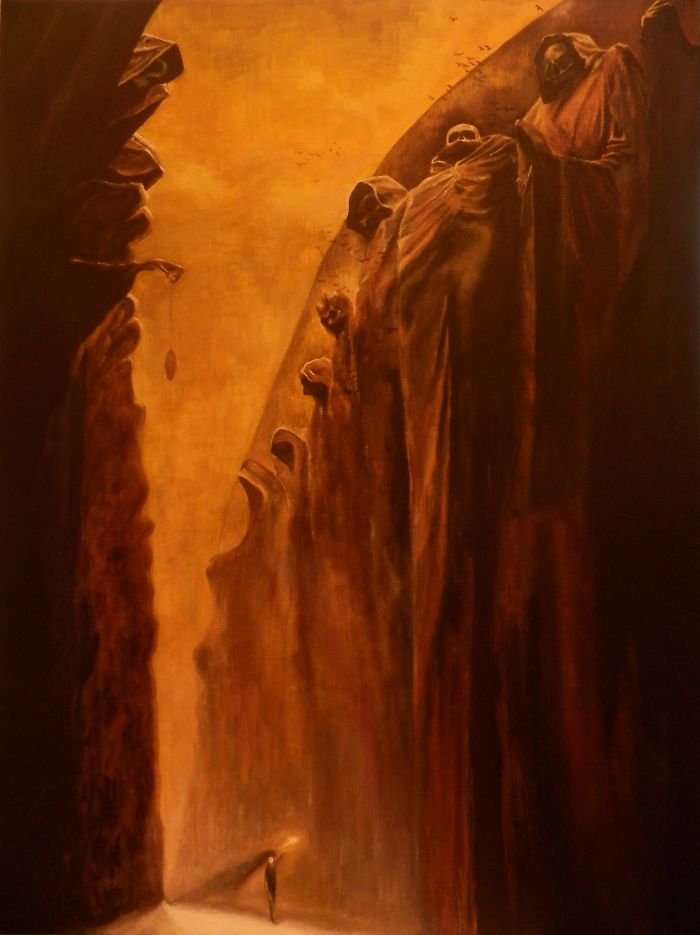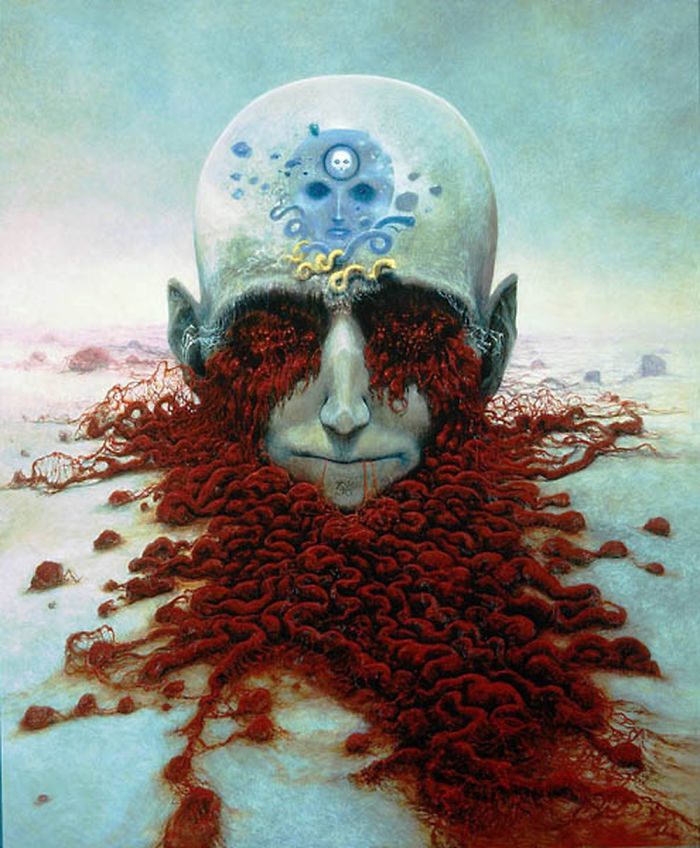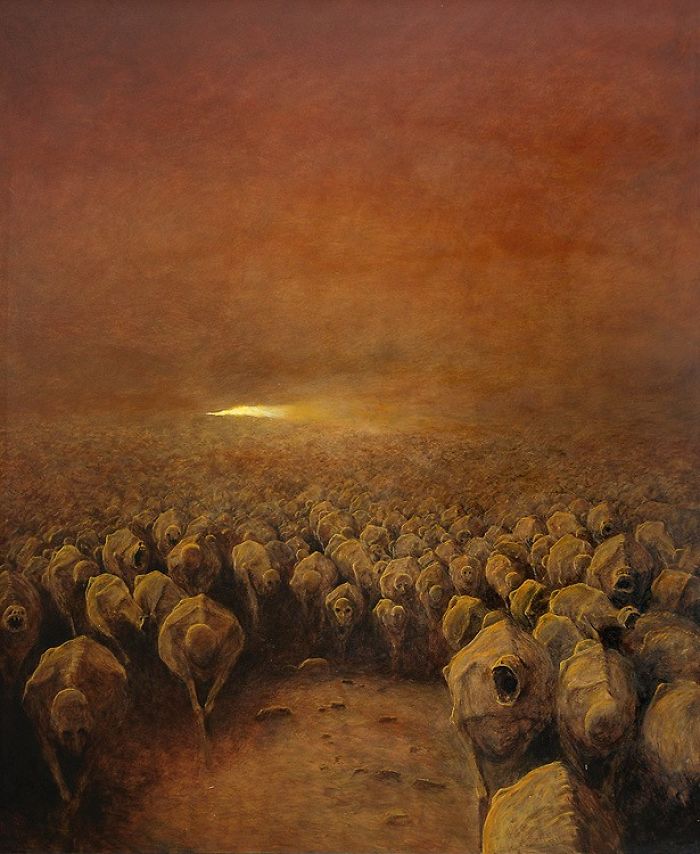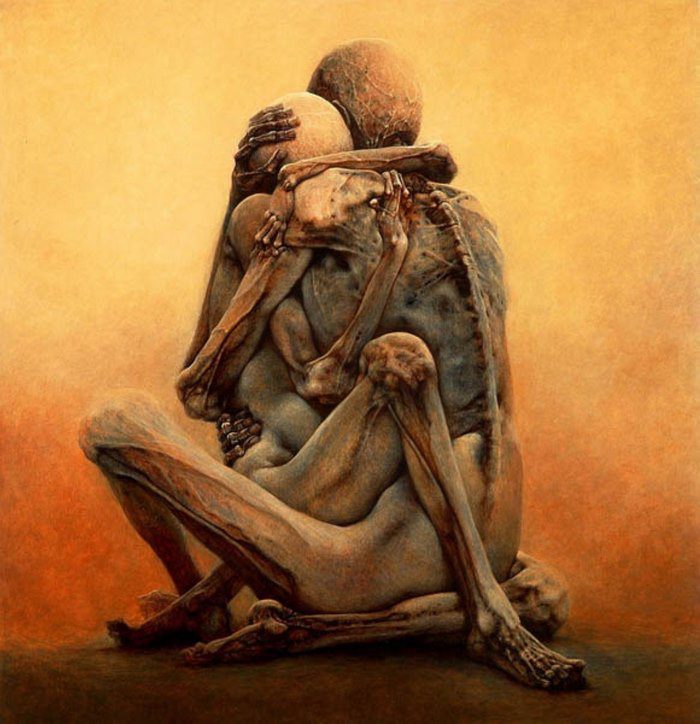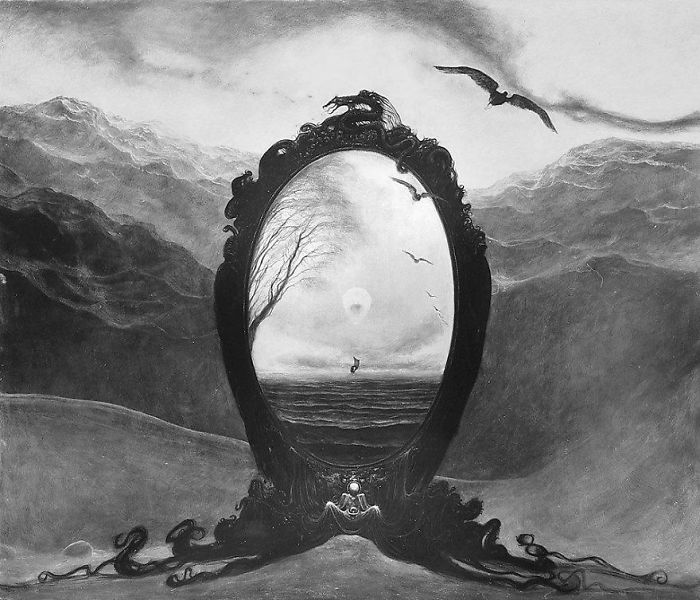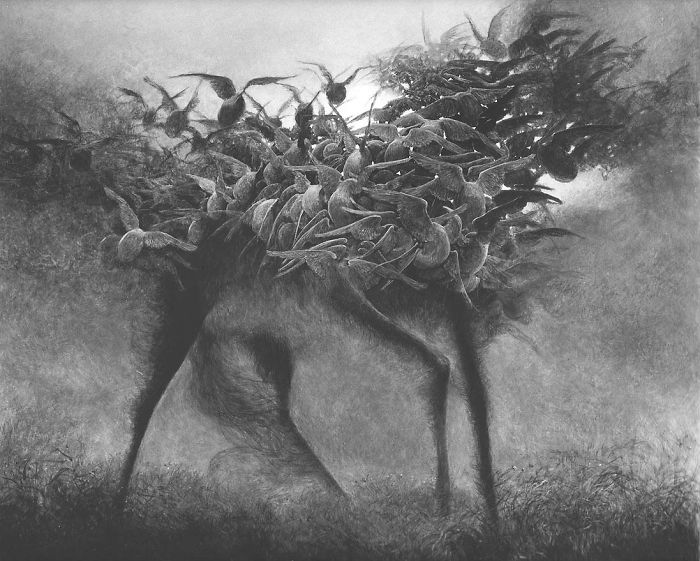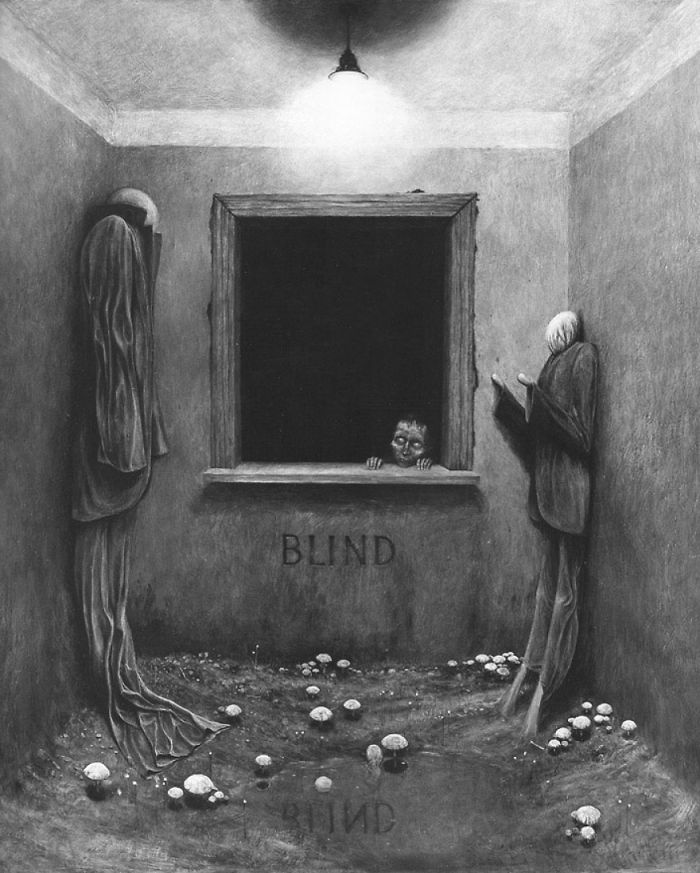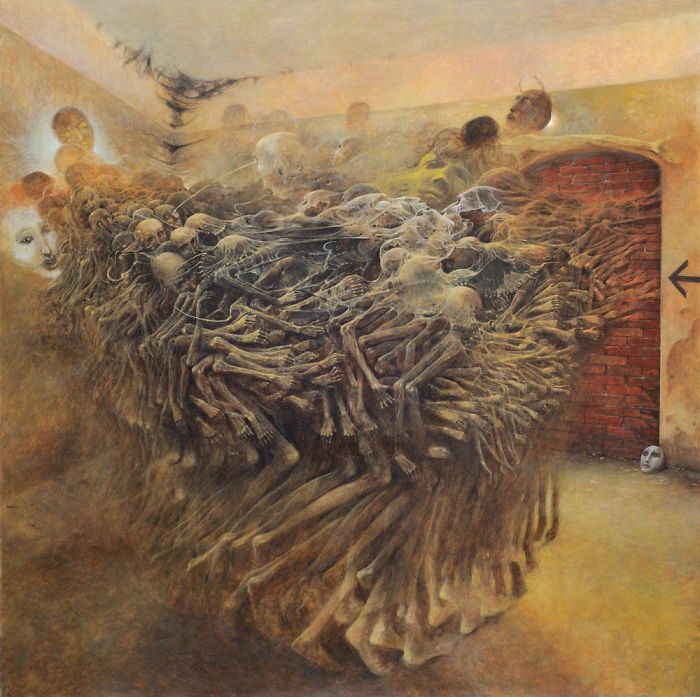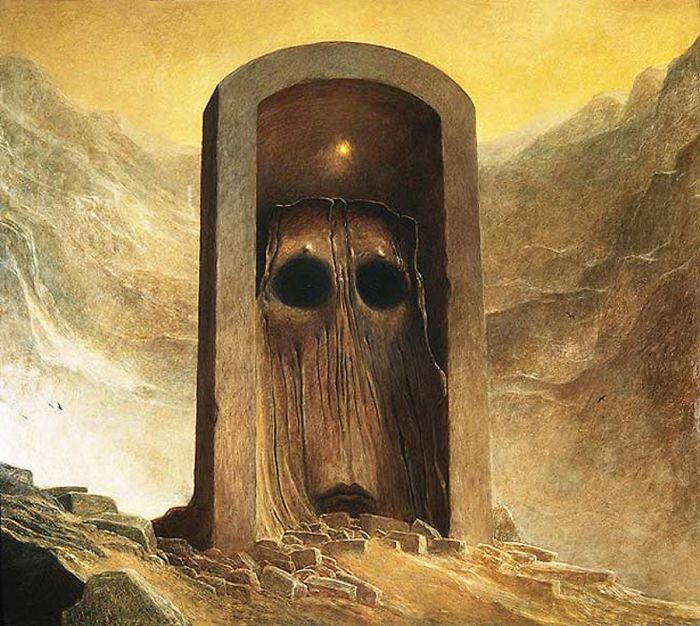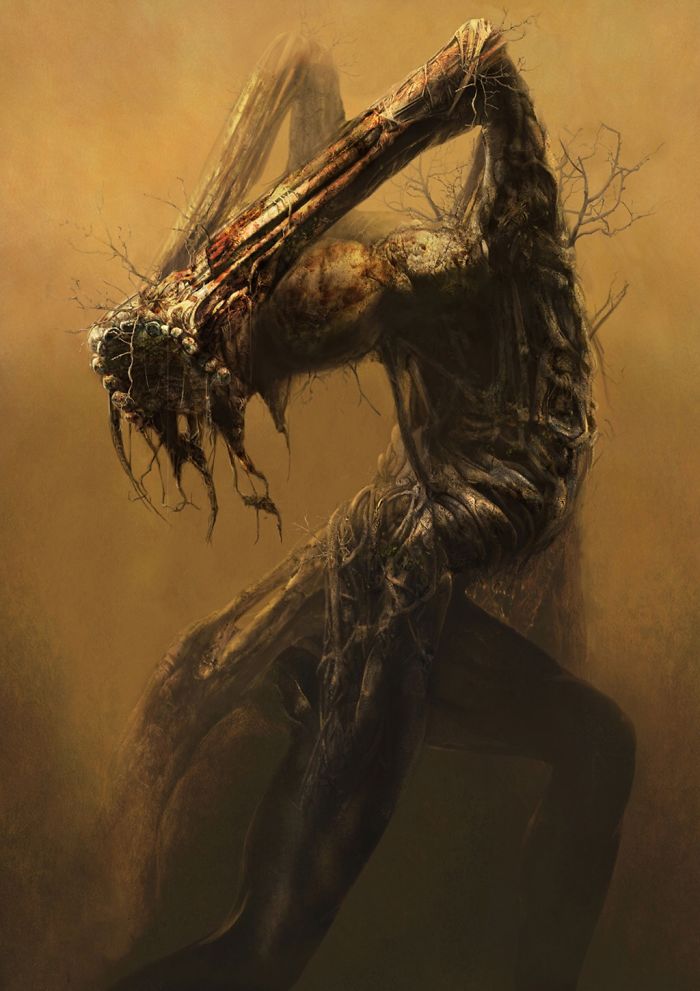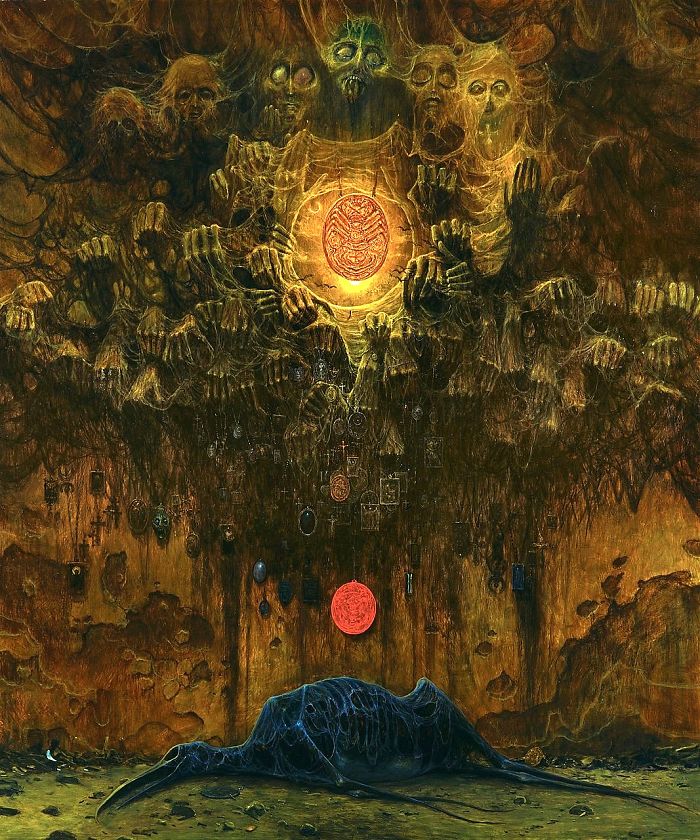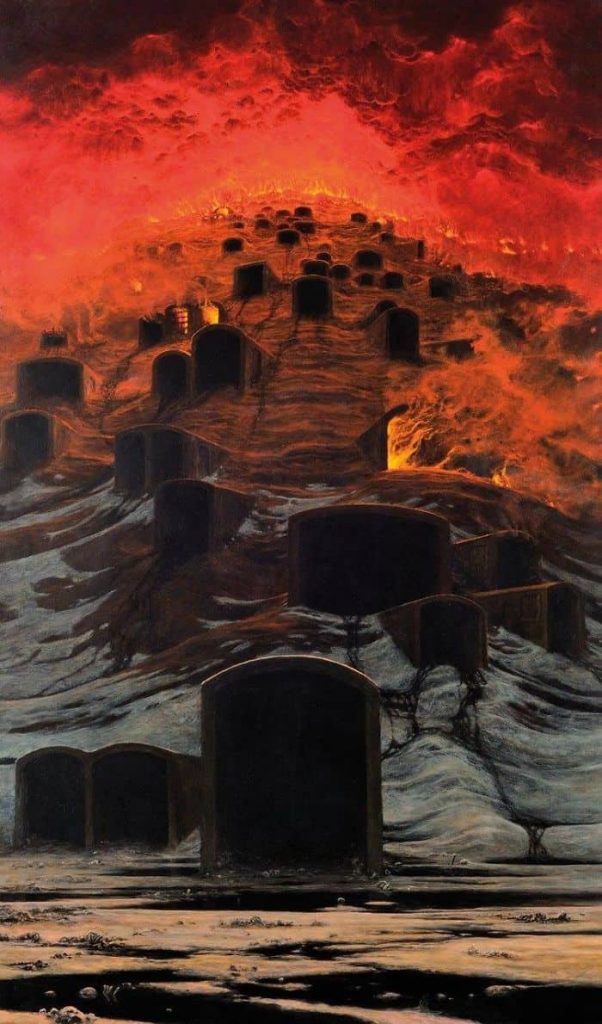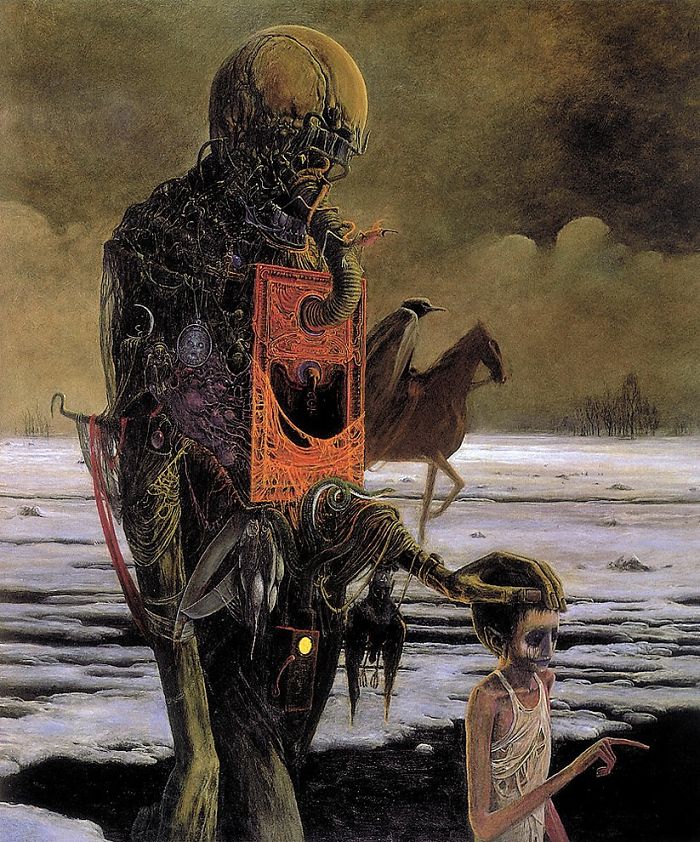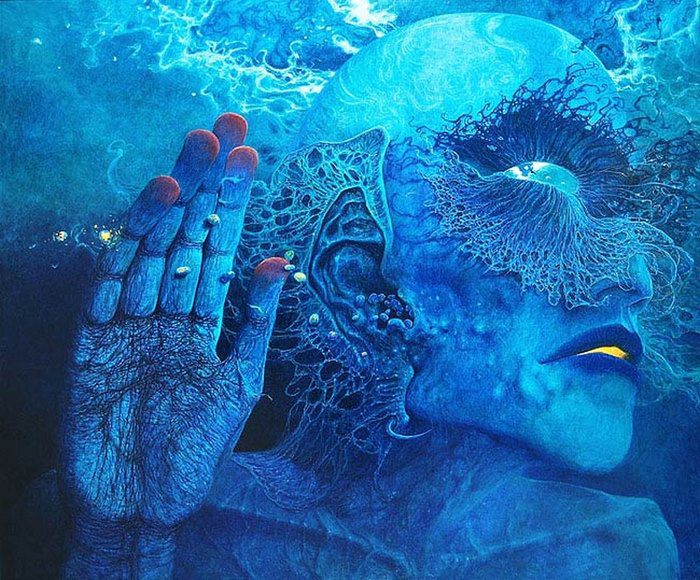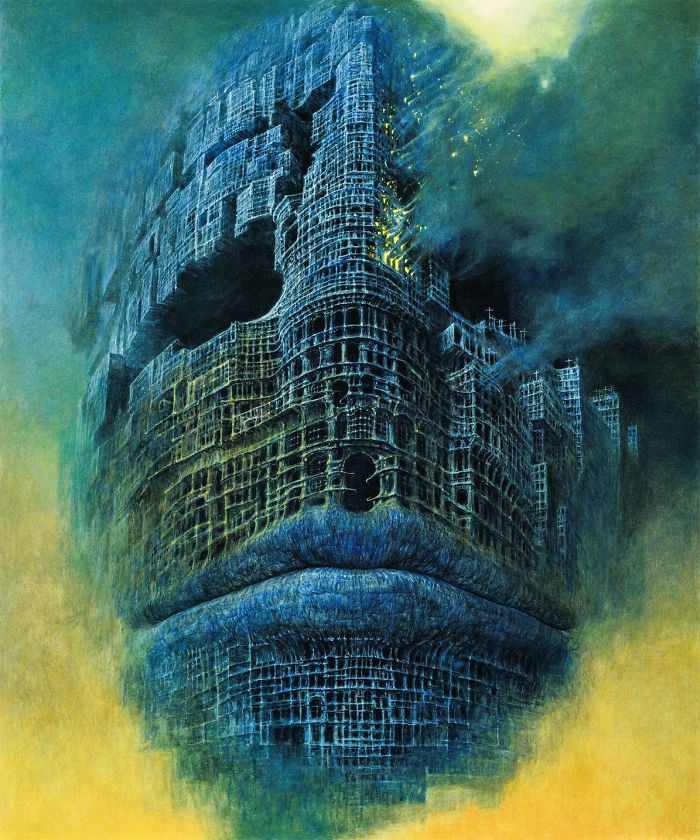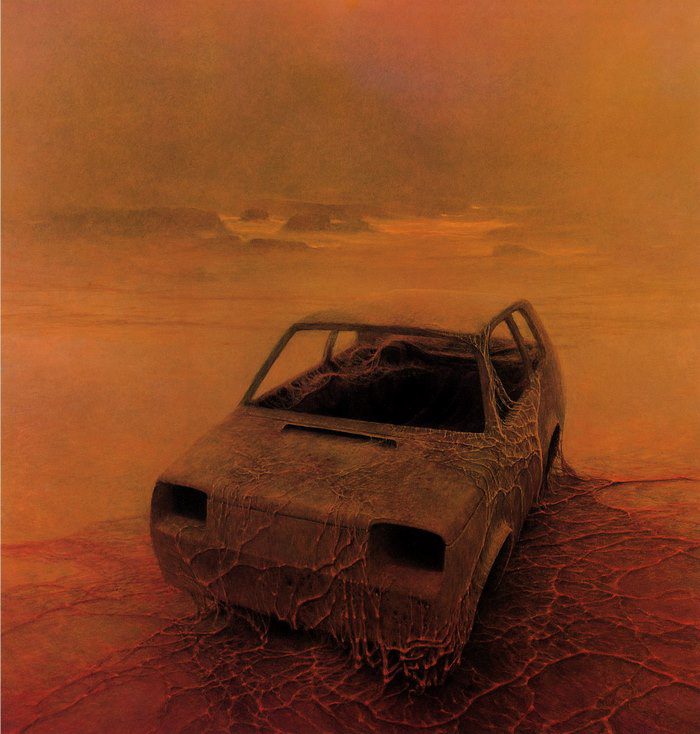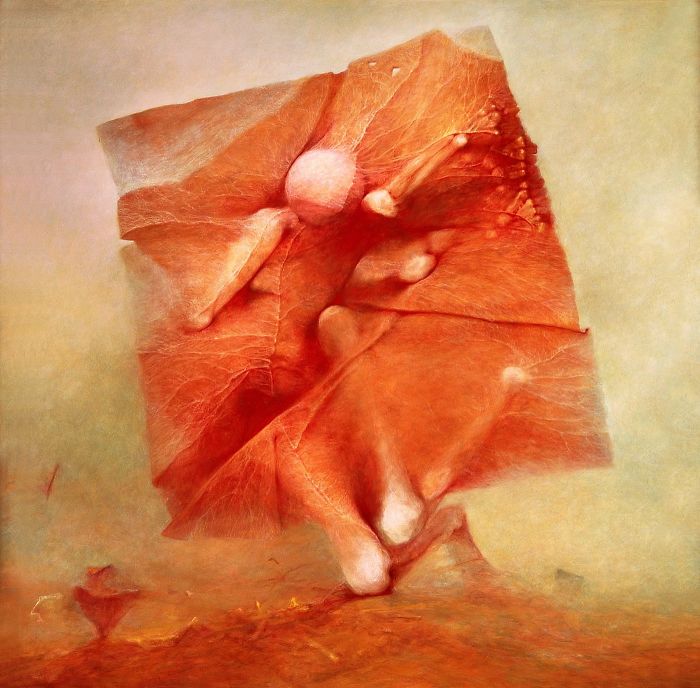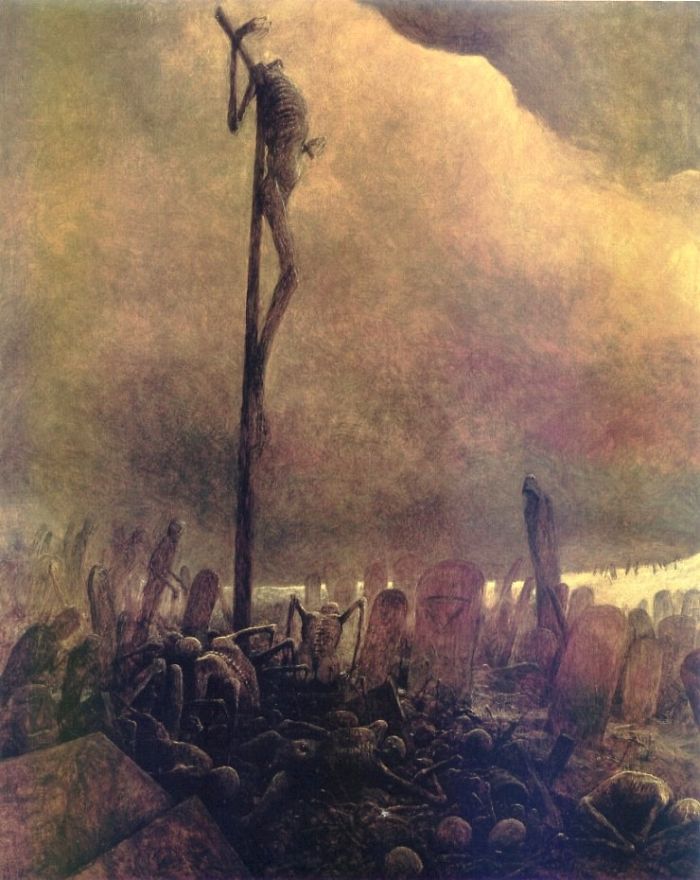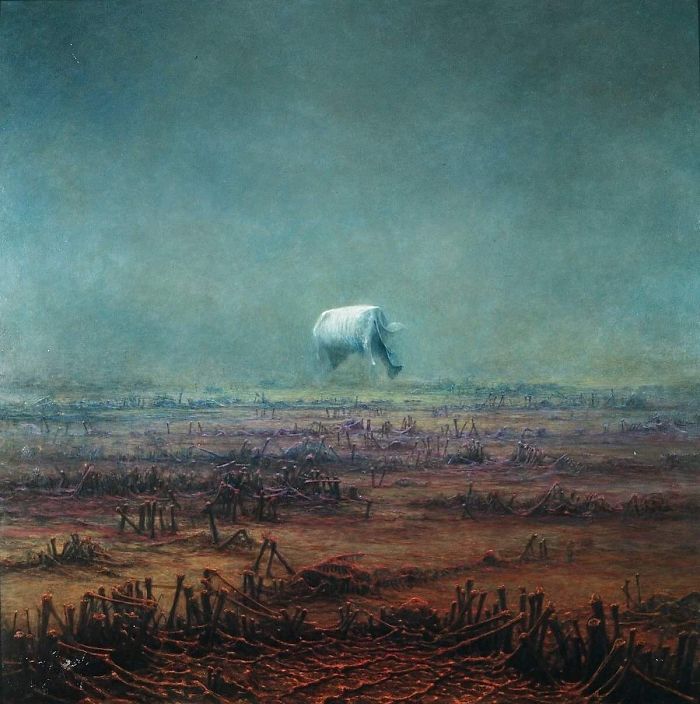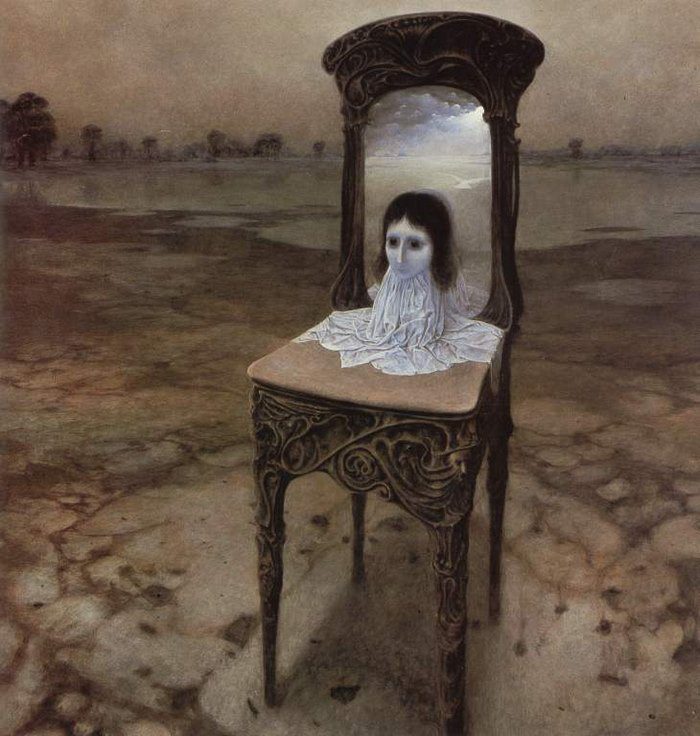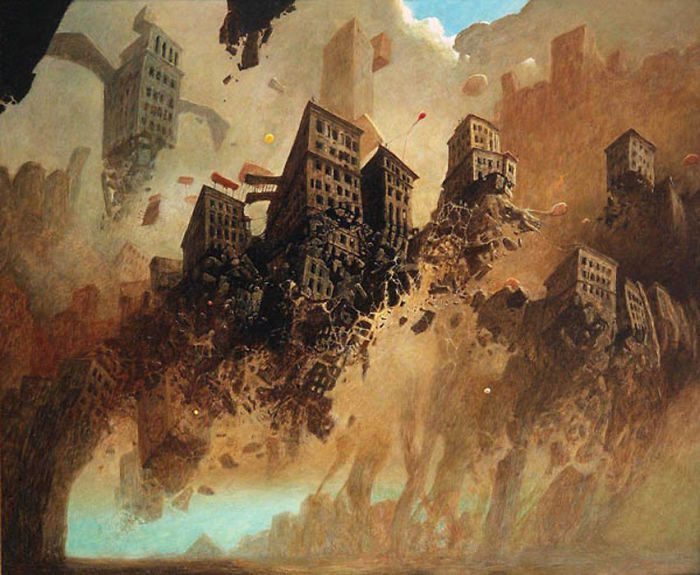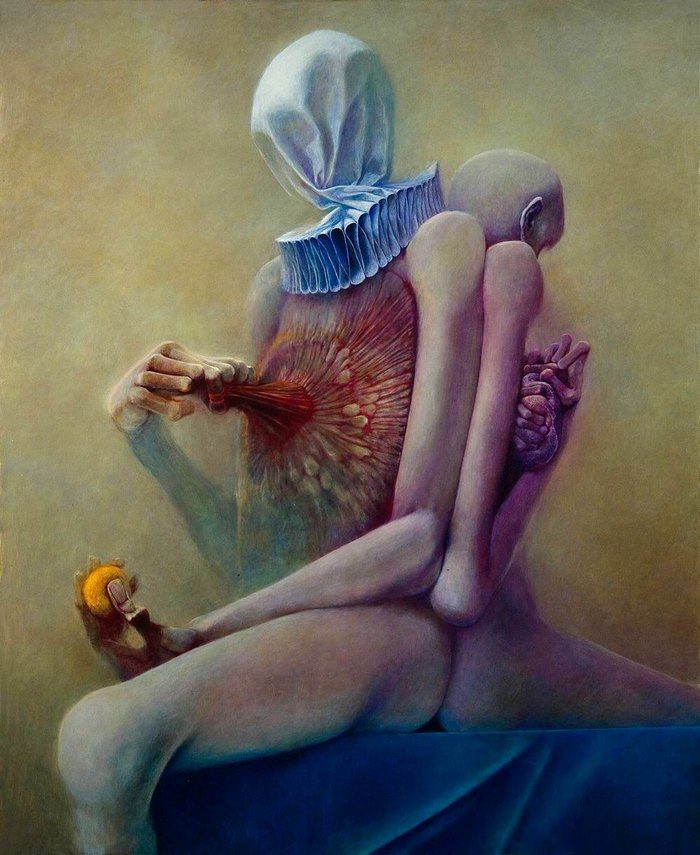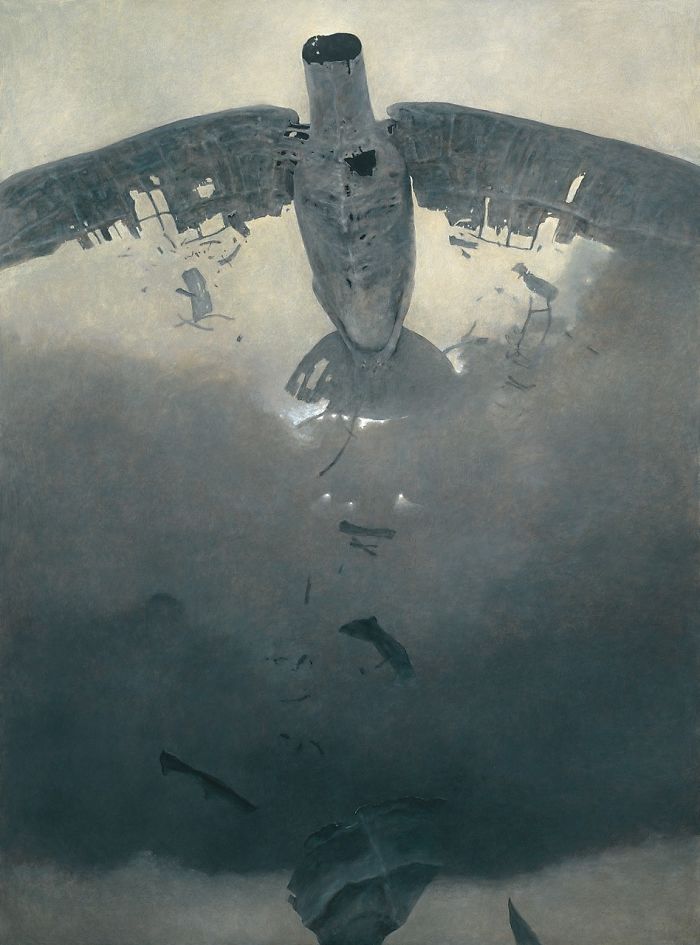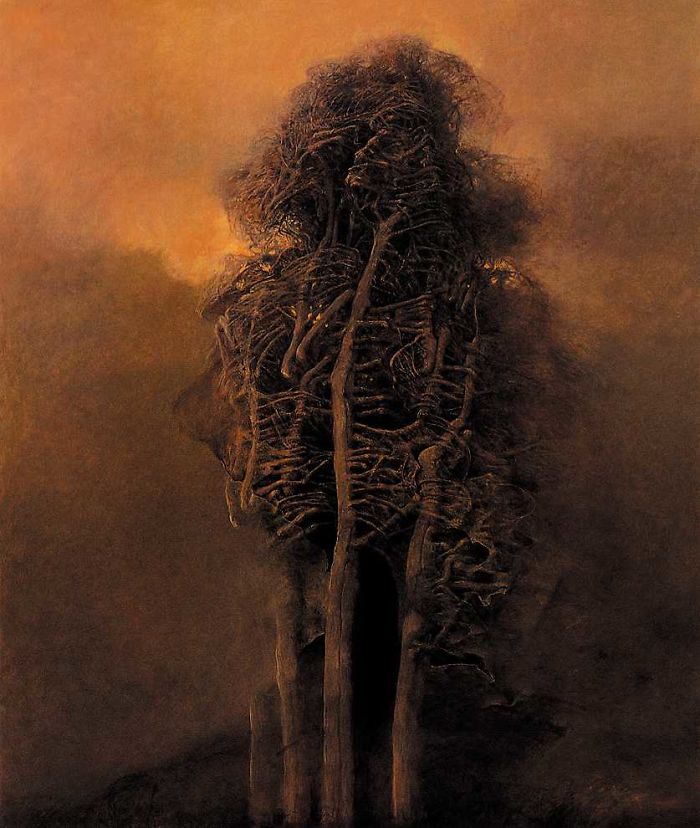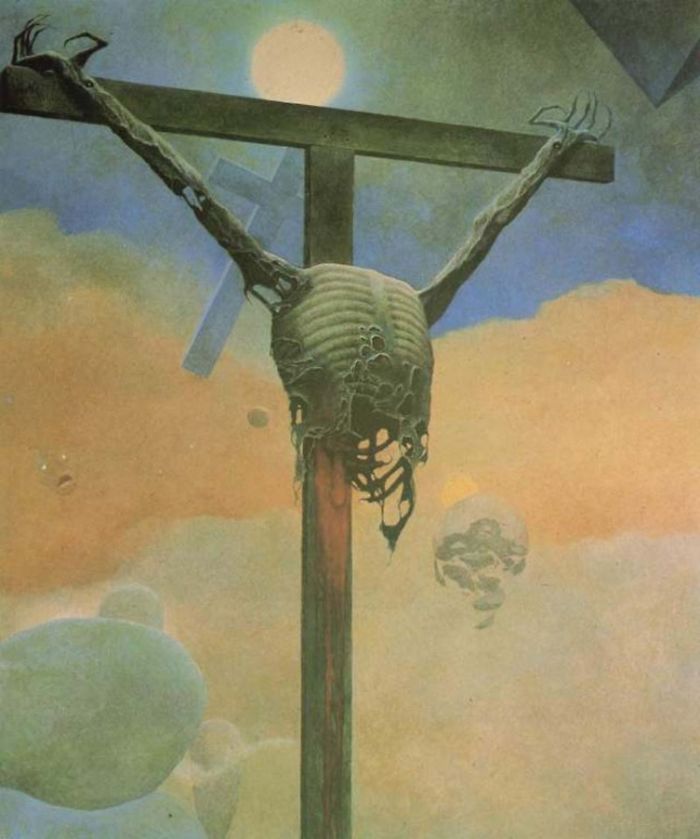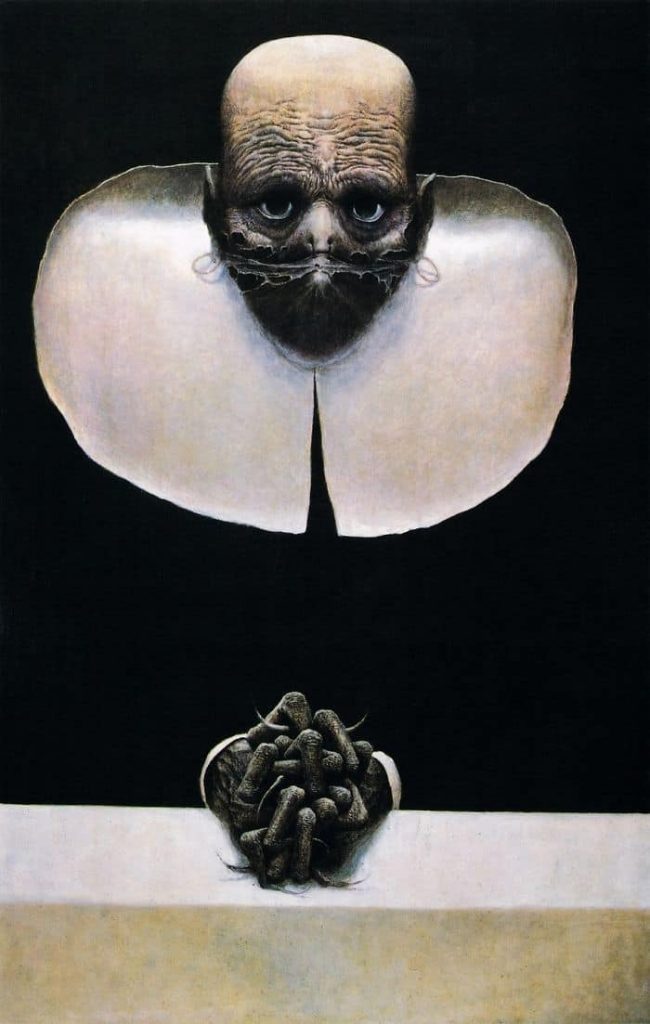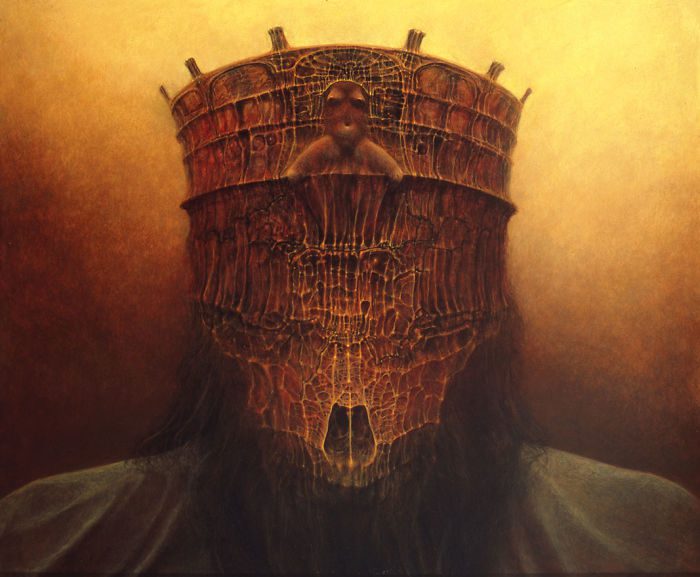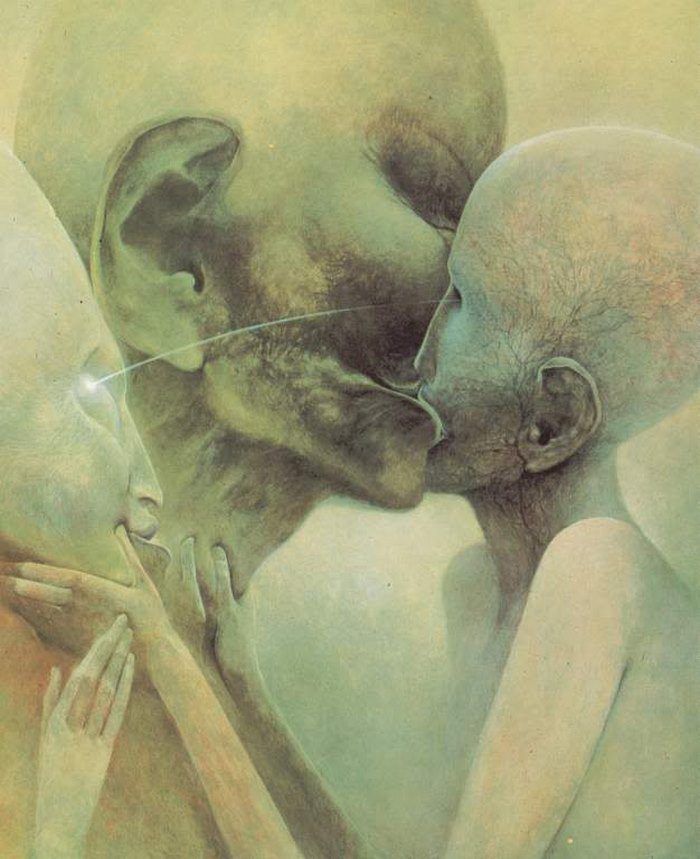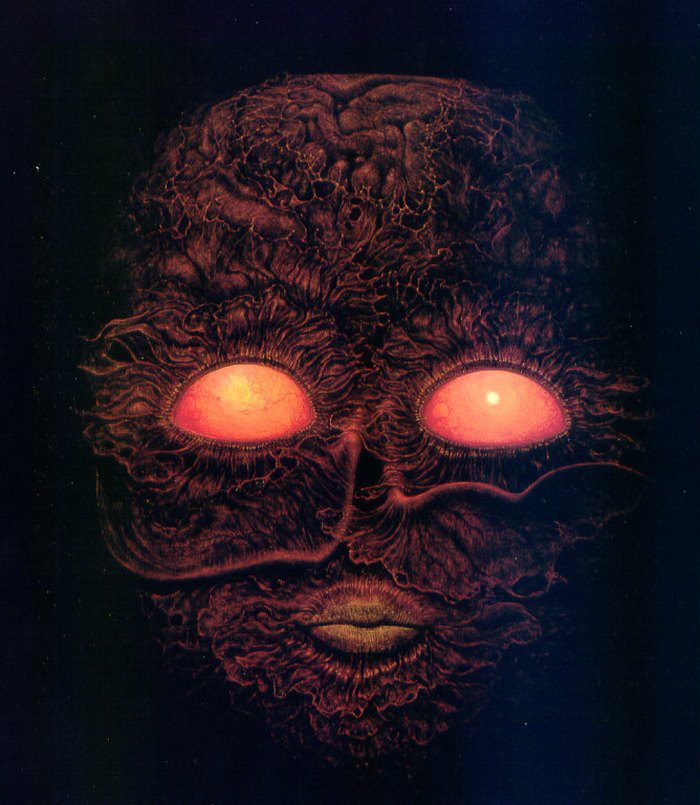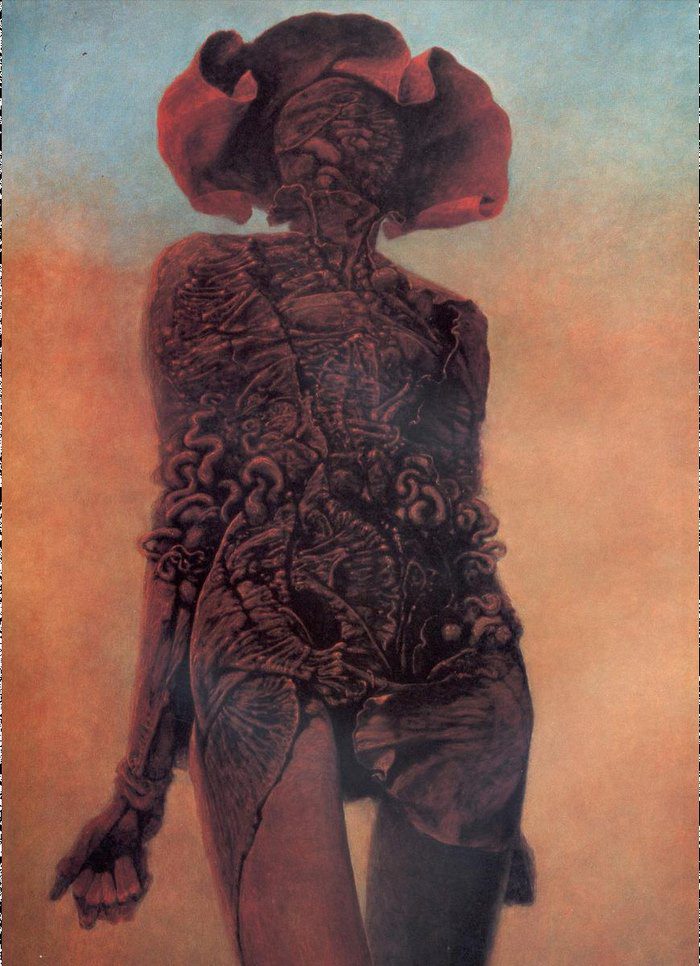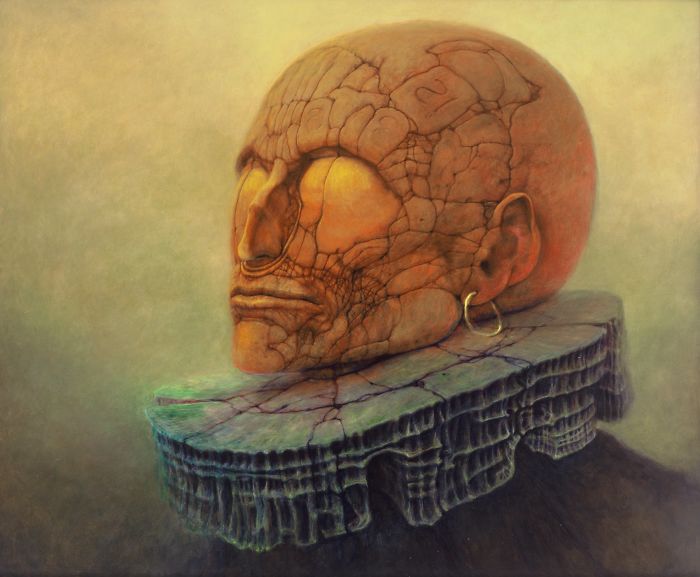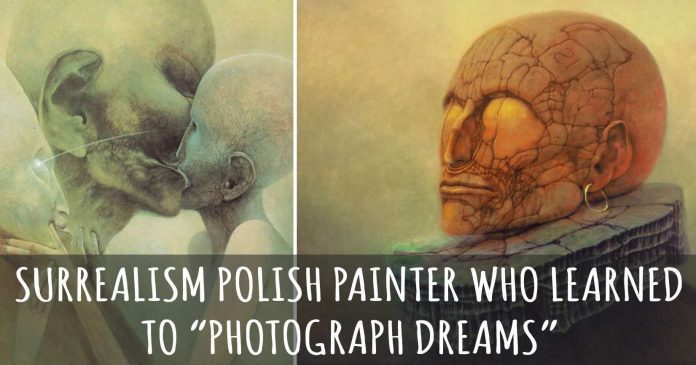Surrealism Polish Painter Zdzisław Beksiński was born in Sanok, southern Poland. He studied architecture in Kraków. In 1955, he completed his studies and returned to Sanok, working as a construction site supervisor, but found out he did not enjoy it. During this period, he had an interest in montage photography, sculpting and painting. When he first started his sculpting, he would often use his construction site materials for his medium. His early photography would be a precursor to his later paintings often depicting peculiar wrinkles, desolate landscapes and still-life faces on rough surfaces. His paintings often depict anxiety, such as torn doll faces, faces erased or obscured by bandages wrapped around the portrait. His main focus was on abstract painting, although it seems his works in the 1960s were inspired by Surrealism.
Let us take you on a journey through the curious mind of a Surrealism Polish artist, Zdzisław Beksiński, who made a name for himself with his dystopian surrealism paintings, filled with post-apocalyptic imagery and nightmarish creatures.
The artist is no longer with us to better explain the vast roster of over 300 of his works, but he used to say: “I wish to paint in such a manner as if I were photographing dreams.” And that is exactly what popped into my head when I first saw his paintings. Even, though, they utilize recognizable everyday objects, those are paired and arranged in ways only the dream world could sustain in a single picture.
These unseen combinations gave birth to mind-bending scenarios, which do build an anxious feeling while looking at them. The artwork is beautifully abstract, yet it does have the power to invoke real world references, which makes it even creepier. The artist’s explanation? Well, it may lie in these cryptic words: “What matters is what appears in your soul, not what your eyes see and what you can name.”
